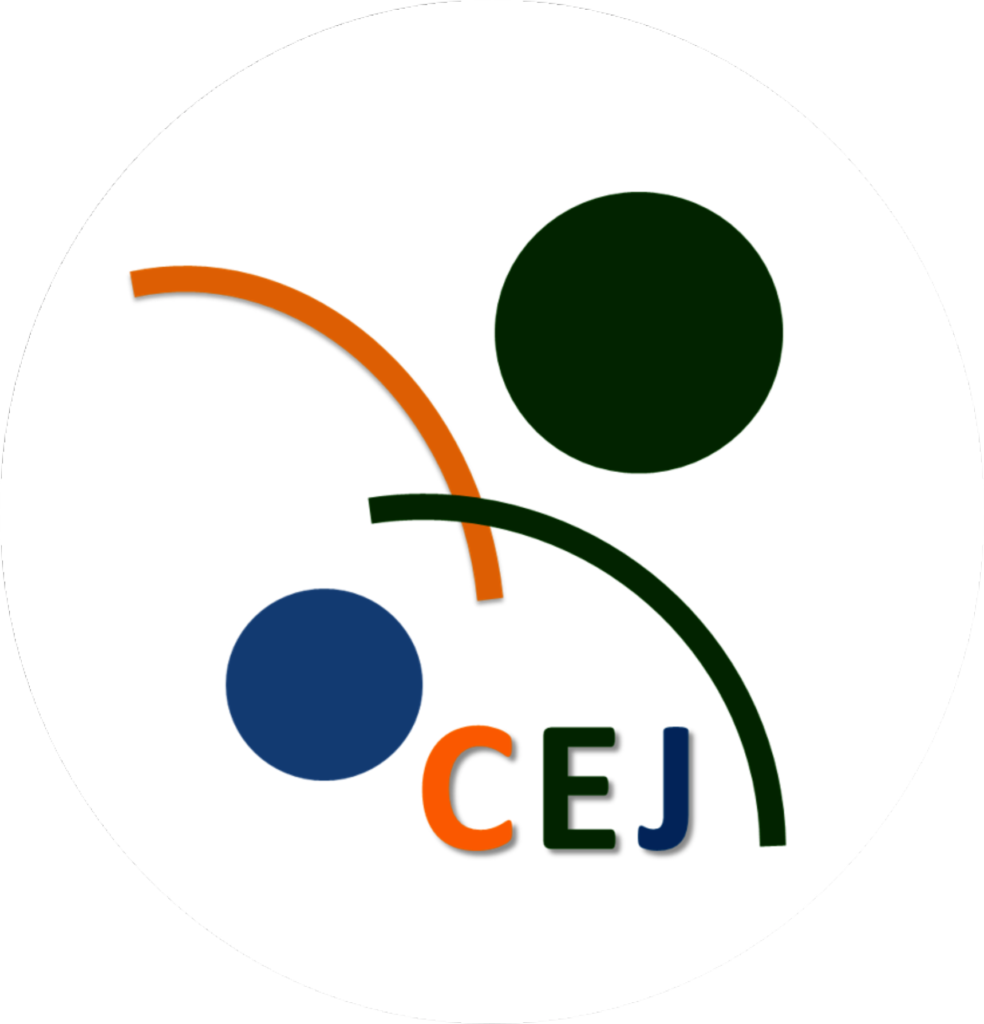PROMOTING SUSTAINABLE ENERGY

The Initiative
This project is focused on promoting sustainable alternative energy in both urban and rural area; and further addressing the renewable energy policy strategy, framework, regulations and financial mechanism in Zambia. The project is promoting renewable energies such as solar lighting, solar cookers and solar heaters; and energy efficiency such as cleaner production, energy conservation and management, and efficiency appliances. CEJ intends to address the energy crisis in both Urban and Rural for Commercial and domestic usage. Zambia’s installed energy generation capacity currently stands at 2,177 Mega Watts. About 95% of this generation is from hydro resources. The country has the potential to significantly increase its hydro energy generation as it possesses about 40% of the water resources in the Southern African Developmental Community (SADC). However, in recent times, one of Zambia’s energy security has been under threat as evidenced by continued load shedding that are characterized by frequent black outs due to reduced rainfall, and resulting reduced dam and river levels. This obviously has had an impact on the economy and well-being of its citizens. This suggests that as a country, Zambia might need to diversify its energy mix to include energy generation from other renewable resources, such as solar, as there is sufficient irradiance falling in the country. This will require renewable technology transfer readiness. This project is supported by the WWF Zambia Country Office.
Analysis
Sustainable Energy is one which is able to meet the growing demand of today’s people without compromising the demand of the people that would require it in future. All renewable energy sources like solar, wind, geothermal, hydropower, wave and tidal power are forms of sustainable energy. These energy sources have been here since centuries and are here to stay till life is available on earth. Renewable energy sources have low environmental impact, widely available and are naturally replenished.
Community energy describes citizen and local ownership and participation in renewable energy generation, distribution and energy efficiency
It is about embracing the advantages that our natural sources provide for generating energy, and allowing the benefits, economic, social and environmental to flow to all of our people in our communities.
The findings of the energy activities lead to the conclusion that it is possible to develop a program aiming to provide clean and affordable heating, but there remain significant technical and financial barriers to a successful roll-out. There has been much debate on where to place emphasis, on more efficient stoves or cleaner fuels. The findings of the energy activities conclude that both are equally important: it is the combination of the stove and the fuel that will determine the impact of such technology. Essentially, before recommendations about endorsing or supporting new fuels or particular stoves can be made, better testing is needed to identify combinations with good potential to reduce emissions.
Sustainable Energy is one which is able to meet the growing demand of today’s people without compromising the demand of the people that would require it in future. All renewable energy sources like solar, wind, geothermal, hydropower, wave and tidal power are forms of sustainable energy. These energy sources have been here since centuries and are here to stay till life is available on earth. Renewable energy sources have low environmental impact, widely available and are naturally replenished.
Community energy describes citizen and local ownership and participation in renewable energy generation, distribution and energy efficiency. It is about embracing the advantages that our natural sources provide for generating energy, and allowing the benefits, economic, social and environmental to flow to all of our people in our communities.
Project Activities includes;
Policy level: Stakeholder dialogues with CSO’s, Government and Private Sector
Multi- Stakeholder Dialogue: Government CSO’s , Youth and women groups and the media
Traditional leaders and community members
